WASHINGTON (Army News Service, Oct. 7, 2009) - More artillery is needed to protect Soldiers at Afghan forward operating bases, said one of the authors presenting his book Monday at the Association of the U.S. Army Annual Meeting and Exposition.
Retired Lt. Col. Charles A. Krohn said his book illustrates what happens when light forces fail to be supported by artillery. In "The Lost Battalion of TET," the 2/12th Cavalry suffers heavy casualties when ordered to advance without support of its attached artillery battery.
Krohn said the same thing is happening now in remote areas of Afghanistan and individual Soldiers are paying the price.
"If you want to get support for the counter-insurgency, then you can't let these guys get killed in ones and twos forever," said Krohn, who now serves as deputy director of public affairs for the American Battle Monuments Commission in Arlington, Va.
"Unless the procedures for artillery support are streamlined, this is going to happen again and again," Krohn said about recent casualties in Afghanistan. He pointed to one forward operating base where artillery reportedly could not be brought in closer than 600 meters to the perimeter.
"Six hundred meters doesn't buy you much," Krohn said. "In Vietnam, we brought it in until we heard it going overhead. Failure to do so means they get in under the wire.
"Seems to me, there's still some lesson to learn from Vietnam," Krohn said.
As a captain, Krohn served as intelligence officer for the 2nd battalion, 12th Cavalry, under the 1st Cavalry Division in Vietnam from 1967-68. When the Tet Offensive hit and the North Vietnamese attacked south, the 2/12th was ordered to relieve Hue, a city less than 20 kilometers south of the border. Hue was under attack by a North Vietnamese Army regiment.
On Feb. 2, 1968, as the battalion moved toward Hue, the weather turned foul and an overcast morning turned to howling wind, rain and fog, which Krohn attributed to a northeast monsoon. The weather limited intelligence and close air support.
"Still, no one ever assumed we'd be asked to operate in any situation - foreseeable or not - without artillery fire," Krohn wrote. But he reported that the battalion's supporting artillery battery was left behind at Camp Evans, stranded by the bad weather, and the battalion was ordered forward without it.
The 2/12th came upon the enemy dug in around the hamlet of Thon La Chu, about five kilometers from Hue. The battalion was ordered from higher headquarters to attack across an open clearing.
"By the time we got to the other side of the clearing, nine of us were dead and 48 wounded," Krohn wrote. The battalion took the village, but then was surrounded.
"When our attack ... was staged without artillery, the idea was so improbable that we couldn't fully grasp the significance until after we were surrounded," Krohn wrote.
The next day, two 105mm guns were flown forward to a nearby South Vietnamese base to support the battalion, but with only 40 rounds of ammunition each. The other four tubes didn't arrive until the next day, and that thanks to the initiative of the battery executive officer who commandeered trucks to move the howitzers, Krohn wrote.
He wrote that if the artillery would have supported the initial advance,"perhaps 50 casualties would have been prevented, and it might have kept us from being surrounded."
So on Monday at the AUSA Book Program, Krohn said, "I really understand what happens to light infantry without artillery."
He said the problem with relying solely on close air support is that it may not be available 24/7, especially in bad weather, and he added that a dedicated artillery battery can respond on a moment's notice.
"If you have troops in contact with enemy, in eyeball's distance, you only have minutes to deliver artillery," Krohn said.
Krohn stated in the "afterword" to the most recent edition of his book, published last year, that the United States corrected the misperceptions of Vietnam with Operation Desert Storm. He said the Army wisely used "overwhelming force" in Desert Storm and he thought that would set the pattern for the future.
"I was wrong," Krohn lamented.
Retired Lt. Gen. Richard Trefry, who served as moderator for the AUSA Book Program, said a former commander of his once said: "You can always tell how often a man's been shot at by the interest he takes in field artillery."
Trefry, a former inspector general for the Army, said he doesn't believe that two batteries of artillery are enough to support a brigade combat team.
"We're fighting a different kind of war now, but you can still use artillery," Trefry said.
"You can never have enough artillery."
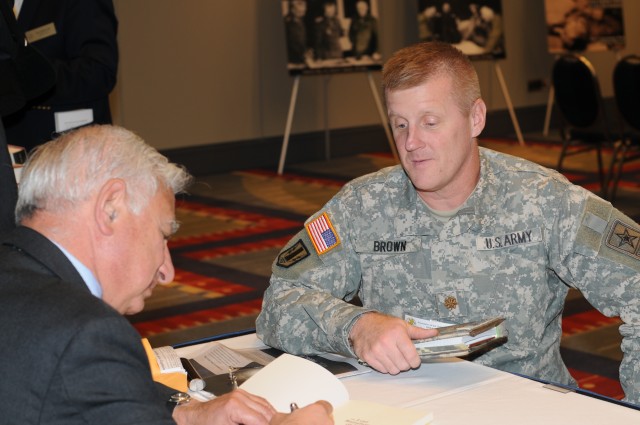

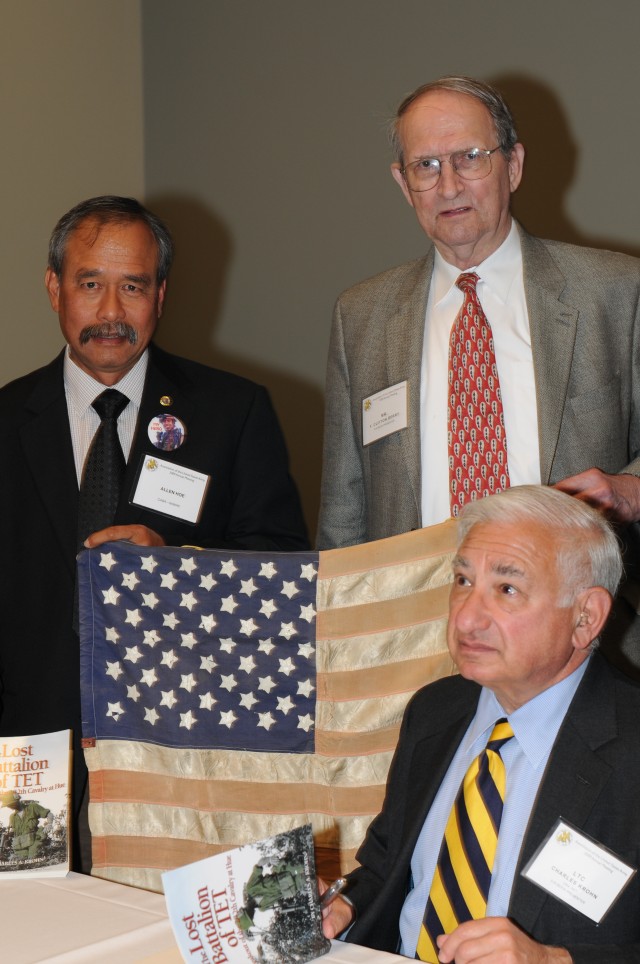
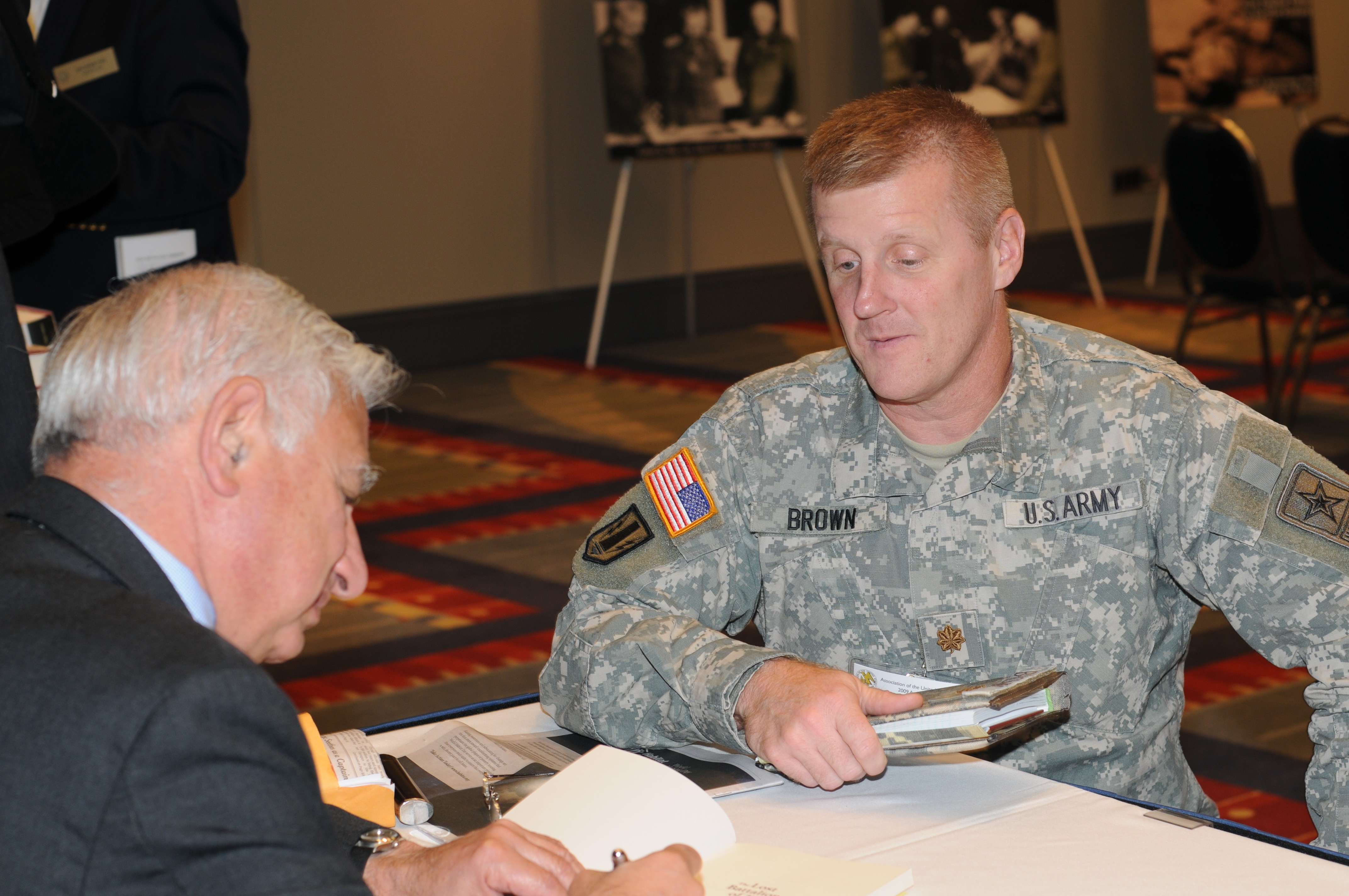
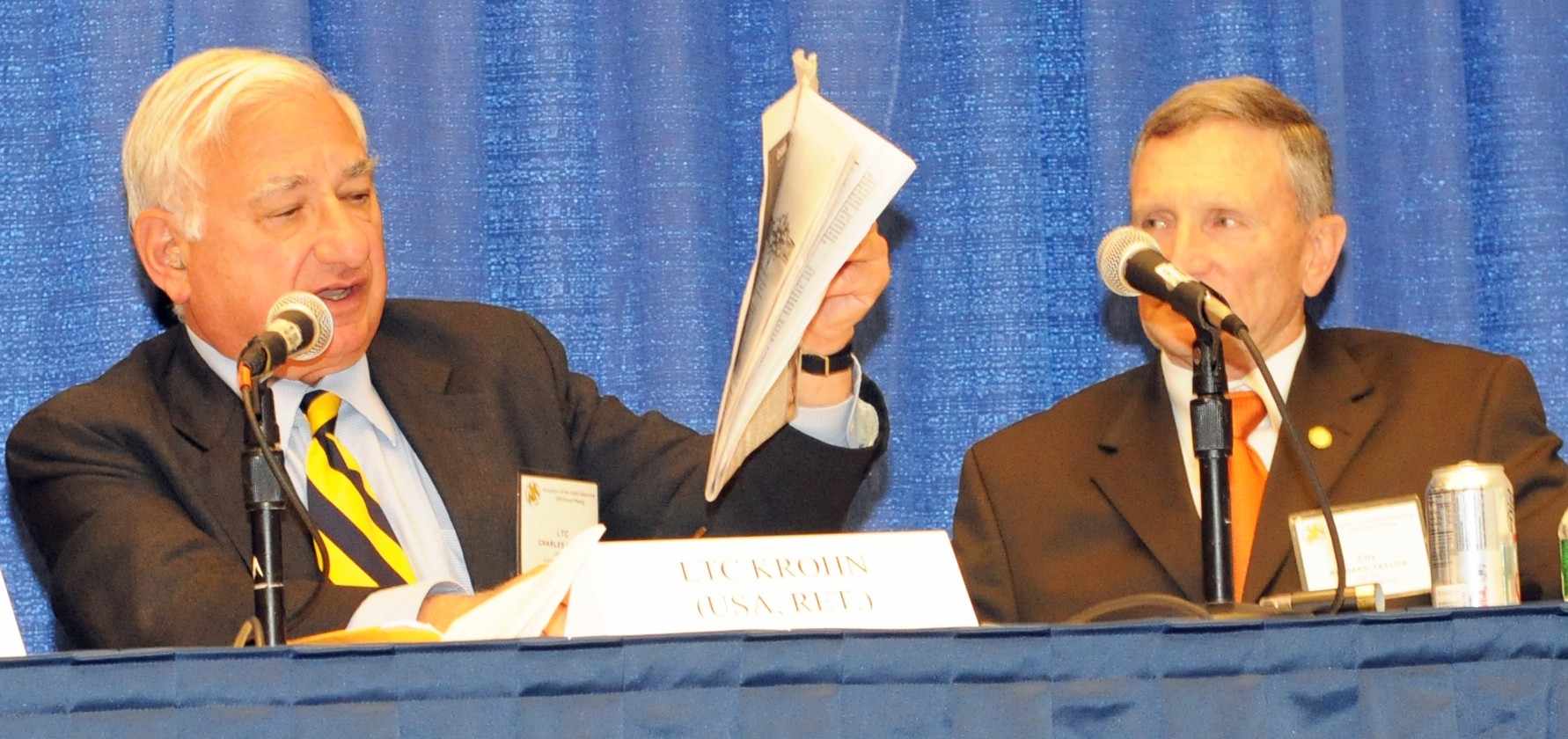
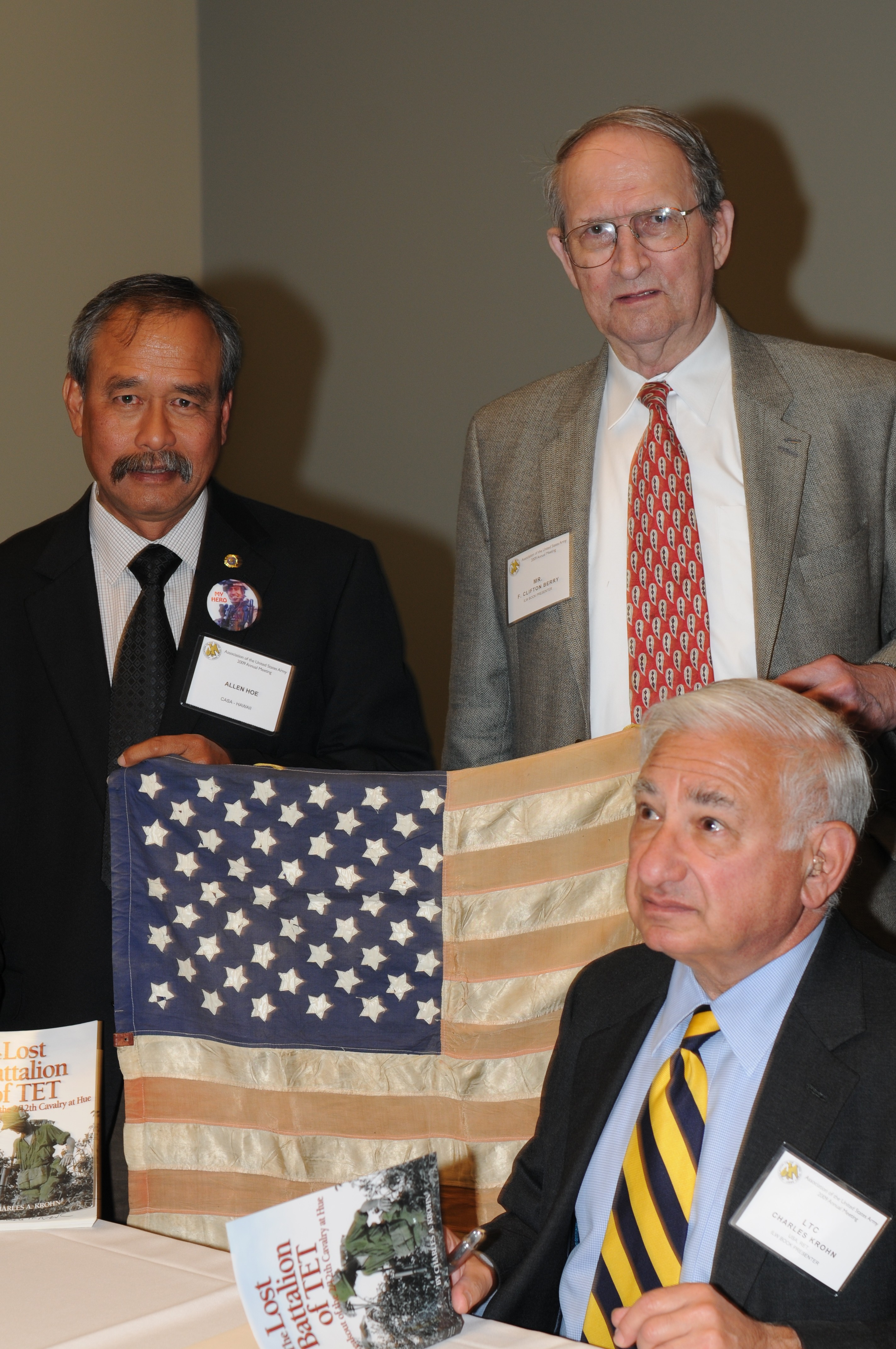
Social Sharing